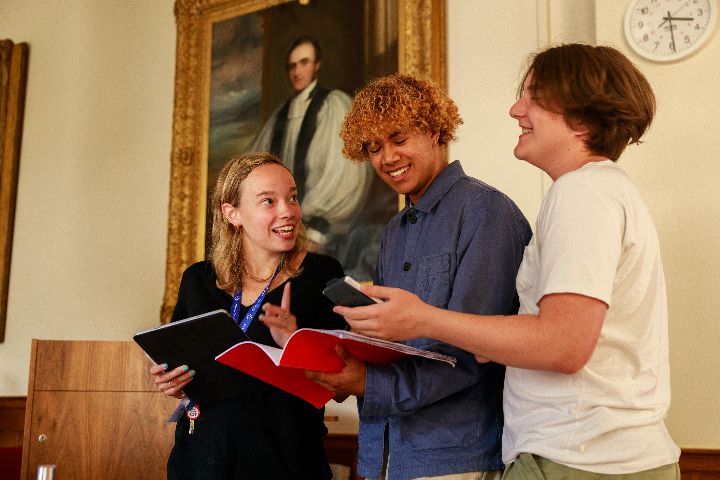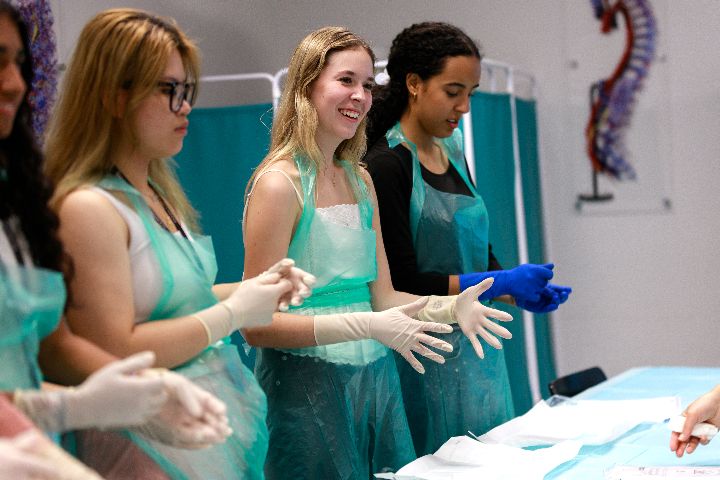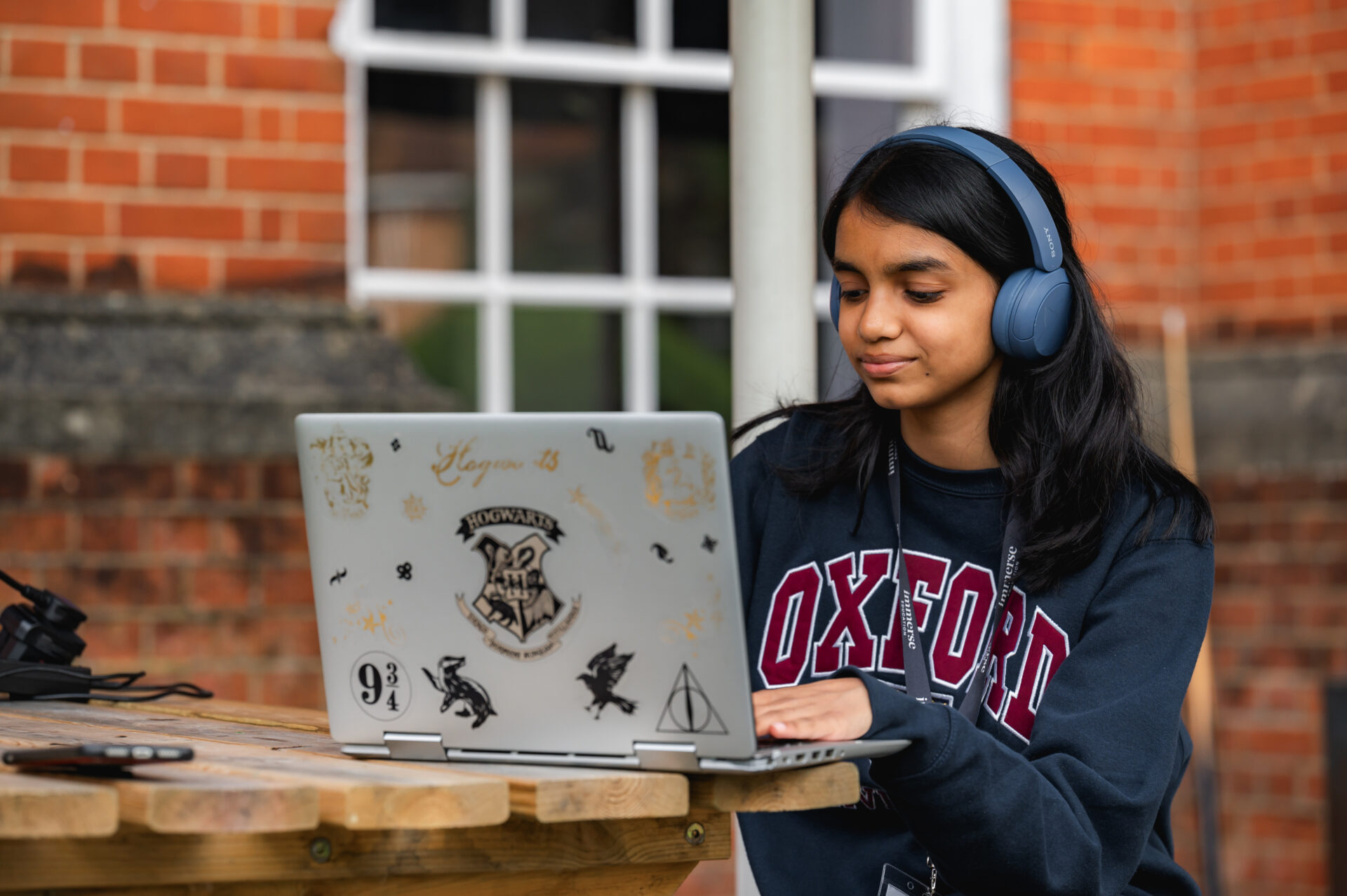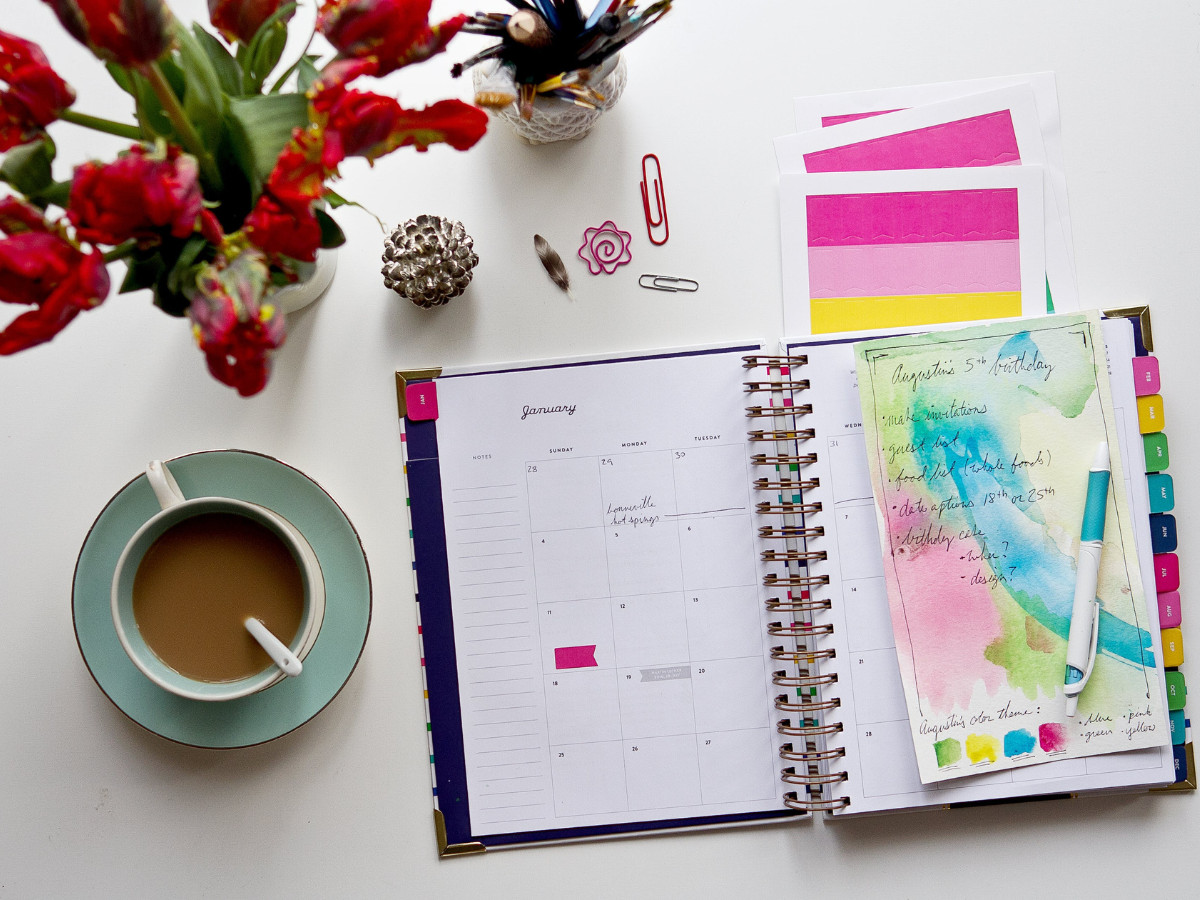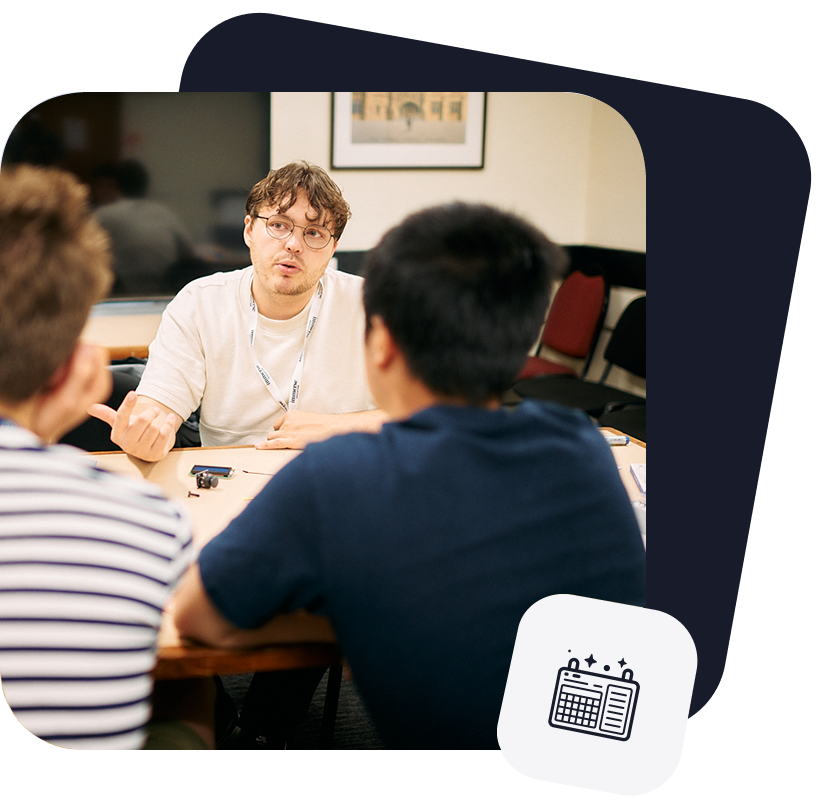If you’re new to the game of teaching, you might be wondering where to start when it comes to lesson structure. Lesson planning doesn’t have to take hours of endless research and time spent printing carefully laminated resources. In fact, it can take as little as 5 minutes to create a great lesson structure – with the right focus. In this article, I’ll outline some quick and easy points to remember when you’re working on a lesson structure. Don’t forget to download the free 5-Minute Lesson Plan PDF you’ll find at the end of this blog.
1. Start from the end and work backwards
Before you start putting pen to paper, start with the biggest goal in mind. This will usually be the curriculum learning objectives all students are expected to attain by the end of the year. Understandably, not all students are likely to achieve every learning objective because not all learners have the same knowledge, experience and skillset, so the big goals will need to be personalized for your learners. Predictive grades are good indicators to get you started on what the “big picture” is for each of your students.
Once you have your big goal in mind, break down the goal into smaller, attainable steps such as:
- What do I expect my students to learn by the end of the year
- What do I expect my students to learn by the end of semester 1 and semester 2
- What do I expect my students to learn by the end of each month and…
- …. the end of each week
- …. the end of the lesson
By breaking up your big picture into smaller goals, you’ll get a realistic view of what’s achievable over time and how to achieve it through your lesson structures.
2. Outline your learning objectives for each lesson
If you’re wondering how to structure a lesson, a great first step is to find a goal to focus on. Walk into every lesson with clarity on your desired learning outcomes. Again, these will need to be differentiated by what’s realistic for every student. A good way to map out learning objectives is by breaking them up like this:
- By the end of this lesson, all students will be able to…
- By the end of this lesson, some students will be able to…
- By the end of this lesson, a few students will be able to…
Make sure that your learning objectives are geared toward the application of understanding, rather than simply knowledge sharing.
You may also want to ask students to create their own personal objectives once you’ve introduced the lesson activities and topic. This is a great way for students to take more autonomy over their own learning.
3. How will you engage all learners?
As we know, not only is it a rarity to find students with the same skill sets, but it’s also rare to find a full class with identical interests, learning styles and social capabilities. Consider what you will do each lesson to engage all types of learners, paying extra attention to the ones who are often caught yawning, fidgeting or zoning out. Some tried and tested means for engaging learners are to:
Keep it fresh – instead of repeating the same types of tasks every lesson, surprise your students and keep things interesting. Don’t be too predictable!
Include a “hook” at the start of your lesson BEFORE introducing your objectives.
Say you’re starting a unit on a murder mystery novel, you could corner off a section of the room with yellow tape and chalk out an outline of a body on the floor. Place objects around the room with clues attached to them that students will need to find in groups. Mystery objects and scavenger hunts are a great way to peak student interest!
Hooks can also be as simple as an interesting short video at the start of a lesson or a crack-the-code starter task.
4. How will you make sure learning sticks?
Think about where each lesson fits into the next to ensure stickability. Scaffolding is an important part of any scheme of work, so try to ensure each lesson becomes a stepping stone to the next set of skills on the way to the big picture. Students will always remember the lessons they have a positive emotional response to. Achieve this in your lesson structure by:
- Relate learning and tasks to current interests
- Build on what your students already know
- Make lessons unique, interactive and engaging
- Give students the chance to get up out of their seats and move around
- Include clear visual clues that complement written content
- Engage all of the 5 senses – sight, smell, taste, touch, sound and feel
- Encourage student discussion, reflection and responses
Further reading: What is independent learning?
5. Differentiate the lesson
A good lesson structure considers all learners, no matter where they are academically, socially or personally. It’s important to always differentiate between the following types of students:
- Vulnerable students – what might I need to consider in terms of content for this type of learner?
- SEN – what special educational needs are there in my classroom and how can I ensure these particular learners are included, can engage effectively and are challenged at their level?
- ESL – how can I ensure learners with English as their second language can engage, participate and effectively learn?
- Lower-ability students – how can I differentiate work for students who are of lower ability?
- Average students – how can I stretch and challenge students that are at an average level?
- Higher ability students/gifted and talented – how can I promote further learning and stretch and challenge these learners?
Some easy ways to use a lesson plan to differentiate for these types of students are:
- Always plan content that’s sensitive to students’ personal experiences and provide students with trigger warnings where needed
- Give students brain breaks and the opportunity to move around
- Provide three types of reading materials / work at the lower-medium-high level
- Give extension tasks for students who finish work early
- Assign group roles for added responsibility
Another important point to note is to always remember “Maslow before Bloom” – students cannot learn on a hungry stomach, when they’re in pain or when they feel unsafe. Build a supportive nurturing environment that respects students’ basic human needs and stay alert to ensure student well-being doesn’t go unnoticed.
6. Structure your lesson with purposeful chunks
Now break your lesson up into purposeful chunks that guide students toward the ultimate learning outcome of each lesson. It’s a good idea to scaffold lessons so that you start with the easier tasks first before moving on to the more complex ones. Key parts of a good lesson typically include:
- A hook to strike interest
- Clarity on what students should know by the end of the lesson (and how it fits into the bigger picture)
- Assess where students are – What do you already know about this topic? What can you already do?
- Present the information in an engaging way e.g. visual or practical, and provide an example
- Give students the opportunity to practice
- Give students the chance to reflect
- Provide more information in a different way
- Allow students to apply it first
- Provide an opportunity for peer feedback/self-reflection
- Provide students with feedback
- Wrap up the lesson with a quick formative assessment to check their ability
Structuring a lesson well leads to better learning outcomes. To plan your next lesson quickly, download our free printable 5-Minute Lesson Plan PDF!
